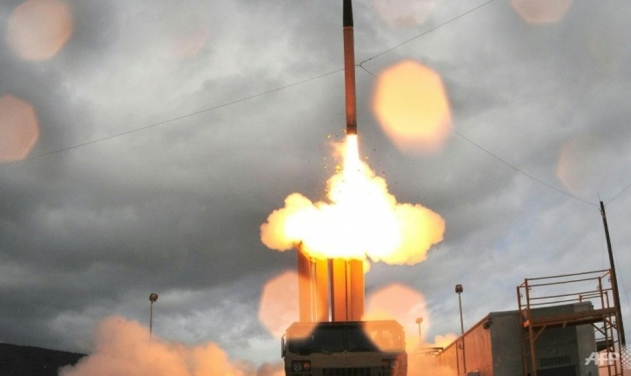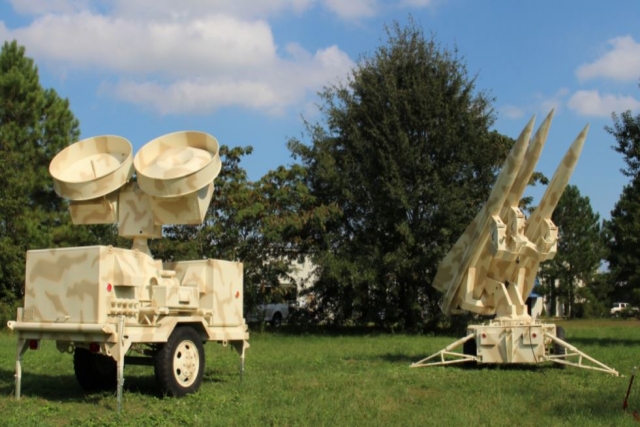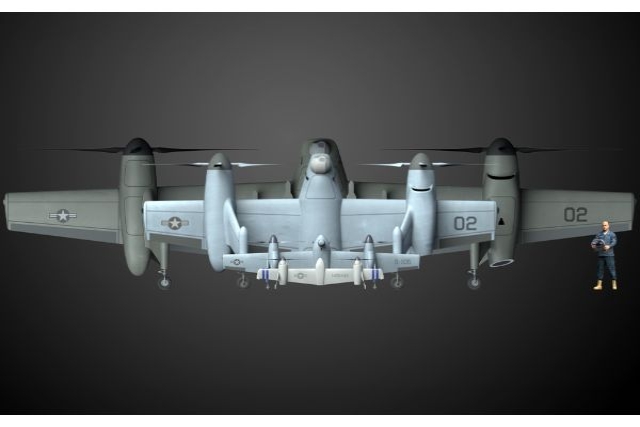U.S. Army Fires PATRIOT Missiles from THAAD Launchers
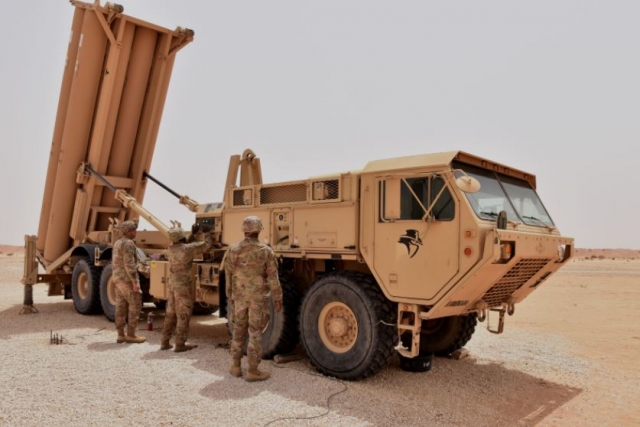
In the first of its kind test, the U.S. Missile Defense Agency and the U.S. Army, successfully fired two PATRIOT Advanced Capability (PAC)-3 Missile Segment Enhanced (MSE) missiles that intercepted a Black Dagger target.
The launch was carried out by MDA in partnership with the U.S. Army Program Executive Office Missiles and Space, U.S. Army Space and Missile Defense Command, and Ballistic Missile Defense System Operational Test Agency.
This new capability is directly applicable to addressing current threat environments with an enhanced, layered defense, a Pentagon release said, adding that the test, designated Flight Test THAAD Weapon System (FTT)-21, was conducted at the White Sands Missile Range, New Mexico.
Preliminary results indicate that flight test objectives were achieved by the THAAD Weapon System, which fired two PAC-3 MSE interceptors that intercepted a Black Dagger target, the military said.
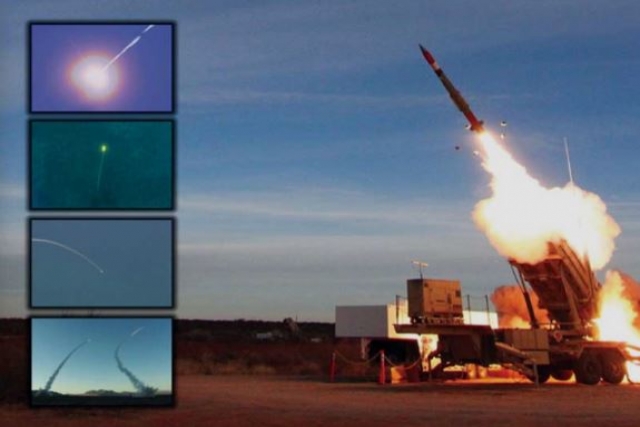
"The success of today's flight test marks a critical milestone for the integration of the THAAD and Patriot weapon systems," said MDA Director Vice Adm. Jon Hill. "The integration of the PAC-3 MSE interceptor into the THAAD weapon system provides the combatant commands and soldiers on the ground the capability to use the right missile for the right threat at the right time. This was a complex capability to develop, and I commend the MDA team, U.S. Army soldiers and civilians, and our industry partners for their stellar dedication to the mission."
The first live intercept flight test of a software build that provides the capability for the THAAD Weapon System to compute PAC-3 MSE firing solutions, communicate with an M903 Patriot Launching Station, and simultaneously control multiple PAC-3 MSE interceptors in flight.
The integration of the PAC-3 MSE interceptor into the THAAD Weapon System enables the warfighter to launch the PAC-3 MSE interceptor earlier enabling a longer fly-out time which in turns increases the defended area or battlespace.
